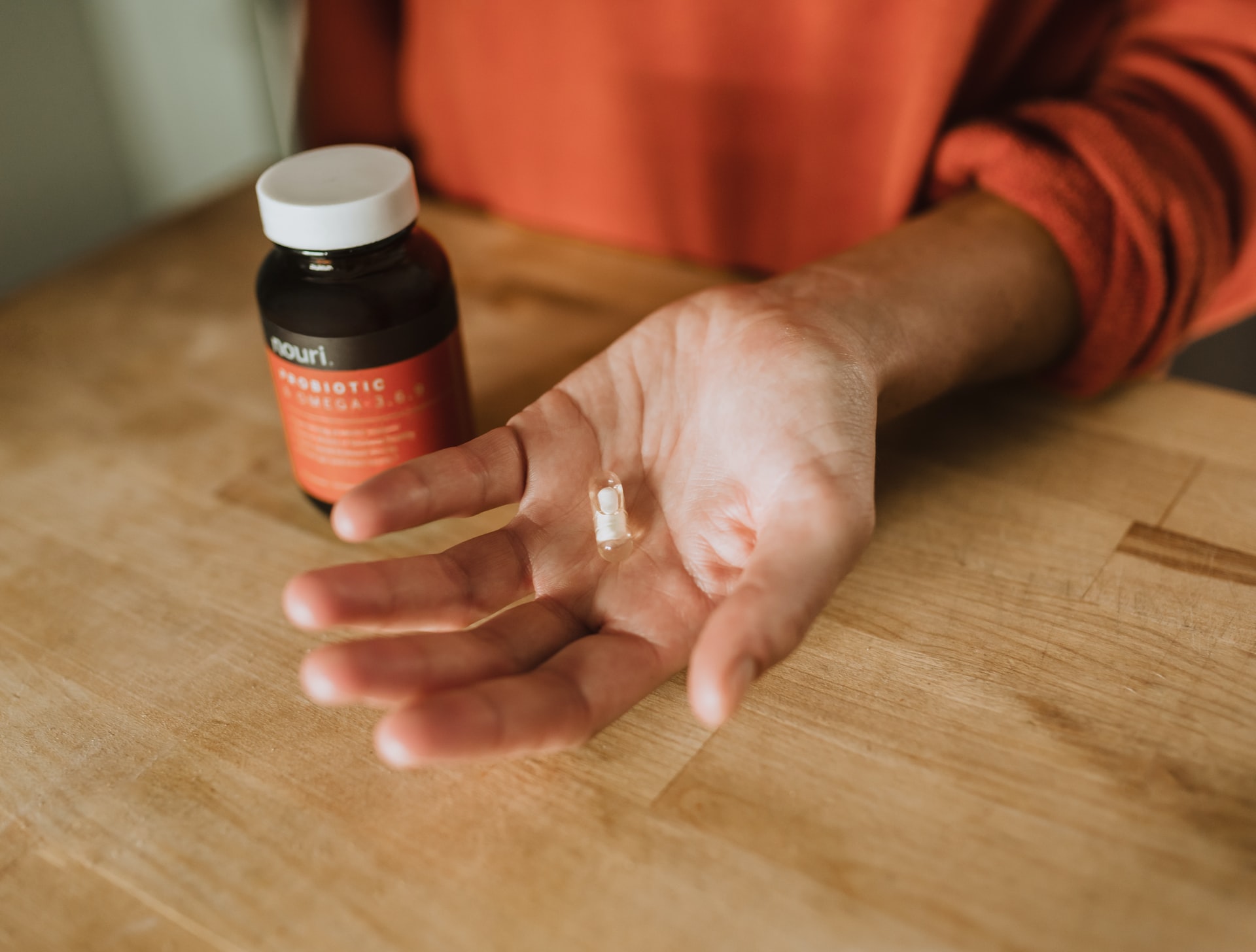

Every person hosts as many microbial cells as human ones—bacteria, viruses, fungi, and other organisms that help keep us healthy. “It’s like another organ system,” says Lita Proctor, former director of the National Institutes of Health’s Human Microbiome Project, which identified many of the tiny critters. Cultivating an ideal mix might be key to feelin’ good. But there’s a lot to learn before we can pop probiotics for all our woes.
The first step is knowing exactly what’s inside us. Since the ’90s, genomic sequencing has helped pinpoint species in our guts—the most complex colonies. We’ve learned some play an outsize role in health. Excess Clostridium difficile, for example, can trigger gastrointestinal distress.
For now, the best way to restore balance is with fecal microbiota transplants (FMT), which introduce microbes via a donor’s encapsulated poop. FMT can cure up to 90 percent of recurrent C. diff infections. But the potential uses of similar therapies aren’t yet clear, because we don’t really know what all the microbes in healthy bellies actually do.
The next phase is seeing what else FMT can treat. Crohn’s and other bowel diseases will likely be targets in as little as five years. For now, though, finding applications is imprecise: Without a clear picture of which species do what, the best clinicians can do is try to replace ones that seem to hurt with ones that seem to help.
By studying the guts of people with certain conditions, experts anticipate we’ll pinpoint more connections between microbes and health within the next 10 years. Research building off the Human Microbiome Project hints that cancer, acne, and Alzheimer’s could all have something to do with our inner settlers.
Still, turning that info into medicine could take decades. Any magic pill will need to maintain the delicate balance of our microbial worlds—ecosystems we’re still working to understand.
This story appears in the Winter 2020, Transformation issue of Popular Science.
